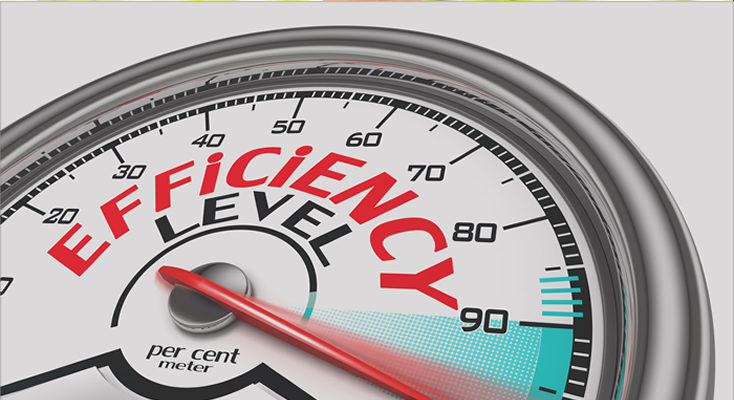Trade spend is the second largest line item of profit & loss for CPG manufacturers—it can be a manufacturers greatest revenue driver….or it’s greatest sales profit diminisher, dependent on a CPG’s ability to effectively manage overhead costs.
In order to fully leverage the profit potential of trade promotions, CPGs must address the following internal process challenges most commonly associated with promotion planning inefficiency:
• Disparate systems and information sources
• Isolated promotion planning with little governance
• Little sharing of best practices
• Poor transparency into budget spending
• Time-consuming data manipulation efforts
• Inability to efficiently conduct trade spend analysis at the account, national and brand level
How can they address such challenges? With the integration of a next-generation trade promotion management (TPM) system. Trade promotion management technology, a fast-growing technology category, has the ability to integrate, streamline and automate the many processes that support trade planning and execution, offering the potential to deliver:
• End-to-end process support via a singular platform
• Coordinated field sales activity and data
• Greater control through governance
• Improved performance through best practice sharing
• More strategic planning and less time-wasting number crunching
• A single source of data truth
In automating trade promotion planning and execution into an online environment, every execution becomes traceable and with it comes the collection of incredible data and analytics. Potential analytics could include insights into the most profitable program strategies, tactics, drives times and accounts. Over time, as the collection of these analytics builds, they can be integrated into the key promotional planning points within the system, guiding the user to the most profitable strategies for their given account as a highly intuitive workflow. Additionally, the system could be used to systemically conduct pre- and post-event performance analyses, create templated examples of proven -effective promotion plans and better plan and predict baseline and promotion product volume at the store-level.
In the highly competitive consumer goods marketplace, trade promotion management (TPM) solutions have become a must to optimizing and controlling trade spend. The challenge? Getting field sales reps on-board.
Many field sales teams have long been reliant on legacy processes to get their work done and view the replacement of their Excel worksheets as more work with little benefit. They are quick to turn away from the idea of having to learn a complex new software product, while others fear the idea of such real-time management visibility into their daily activities.
In order to get field sales representatives on-board, shopper marketing and sales executives should make user-friendliness a top priority when shopping for a TPM system, in addition to considering the following:
• Involving sales in the configuration and implementation process, gaining their input and allowing them to be active participants in the transition process
• Starting with the basics when first deploying and training field rep. users on the system, such as accessing best practices, the one-click user work flows and mobile access functionality
• Positioning the benefits of having a single source of truth as far greater than the “big brother is watching you” fears, showcasing how the data can transform them into more proactive and perceptive business managers and in turn increase performance rewards
• Demonstrating how the data generated from their created promotional plans can simplify their lives via auto-conversion into real-time reporting that can support financial planning and profitability/performance analysis at the channel, customer or brand level


Comments are off this post